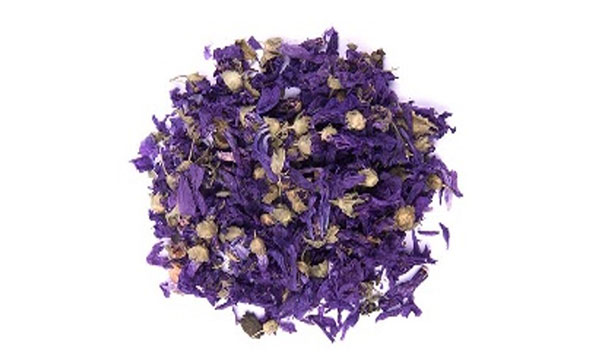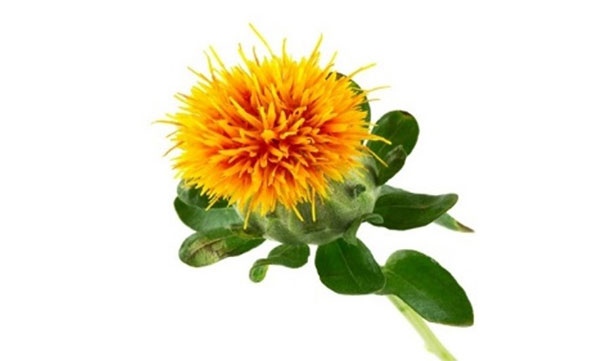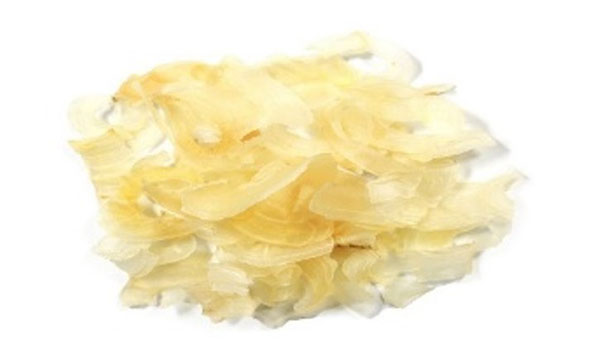Medicinal Plants

Medicinal and Aromatic plants form a numerically large group of economically important plants which provide basic raw materials for medicines, perfumes, flavors and cosmetics.

Licorice
Glycyrrhizin (up to 6% and which is fifty times sweeter than sugar), isoflavones (liquiritin, isoliquiritin,and formononetin), polysaccharides, sterols, coumarins, asparagin, vitamins and minerals (including magnesium, silicon, chromium, cobalt, iron, and niacin). The isoflavene glabrene and the isoflavane glabridin, found in the roots of liquorice, are phytoestrogens.Licorice is used for various digestive system complaints including stomach ulcers, heartburn, colic, and ongoing inflammation of the lining of the stomach (chronic gastritis).

Mallow
Flower heads and petals, The more vivid the color, the higher is the level of active medicinal ingredients (Mallow flowers are used traditionally as a herbal remedy for coughs, throat and respiratory infections. Can also be used to treat wounds) Anti-bacterial Anti-fungal Anti-infective Anti-inflammatory Anti-oxidant Anti-phlogistic Anti-septic Anti-spasmodic

Sumac
Sumac Berries are deep red colored berries with a sweet aroma and a tart, lemony flavor and are great for seasoning meats, stews and sauces. May contain traces of salt. Regulates Blood Sugar – Reduces Cholesterol High in Disease-Fighting Antioxidants -May Reduce Bone Loss Relieves Muscle Pain

Damask Rose
The bush that gives us the Damask rose belongs to the Rosaceae family. Antibacterial Antiviral Antimycotic A skin regenerator Harmonising Rebalancing

Safflower
Safflower is one of about fifteen species of Cathamus, and thought to be native to Iran and northwestern India, and possibly Africa . Safflower has been used as an adulterant of the condiment saffron. Medical applications or effects: Antiseptic, expectorant, induces sweating, inhibits tumors, purgative, pneumonic (helpful to the lungs) , stimulates menstruation.

Tragacanth
Tragacanth is a plant. The sap-like material (resin) of the plant is used to make medicine. Tragacanth is used both for diarrhea and constipation and It is also an ingredient in toothpastes, hand lotions, denture adhesives, and vaginal creams and jellies. In foods, tragacanth is important for stabilizing and thickening ingredients in salad dressings, foods, and beverages. In pharmaceutical products, tragacanth is used as a binding agent.

